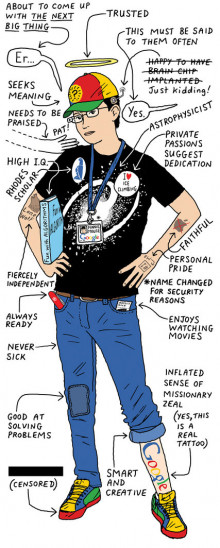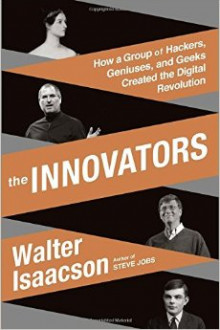New Year! – New Mission?

Many of us make resolutions at the beginning of the year. Some of them are very specific. But it might be worth taking a “strategic pause” and do something business does so well – come up with a mission statement – a personal mission statement that defines why you want to do the things you’ll promise yourself you’ll do. It just might be the key that unlocks a brighter future.
Said another way, forget the New Year’s resolution. This year, try creating a personal mission statement instead.
”To get started on your personal mission statement, ask yourself the following questions used by the Corporate Athlete program:
- How do you want to be remembered?
- How do you want people to describe you?
- Who do you want to be?
- Who or what matters most to you?
- What are your deepest values?
- How would you define success in your life?
- What makes your life really worth living?
Use your answers to craft a personal mission statement that reveals your ultimate purpose in life. Rather than listing a behavioral change, focus on a set of guiding principles that capture how you want to live your life. Some examples of mission statements from the Corporate Athlete program include:
“I plan to spend more time doing things that I like to do.”
“I want to become more physically active and try new hobbies.”
“My mission is to incorporate a healthy balance of work and personal time.”
“I aspire to transform negative work-related situations and put energy into relationships with family and friends.”









